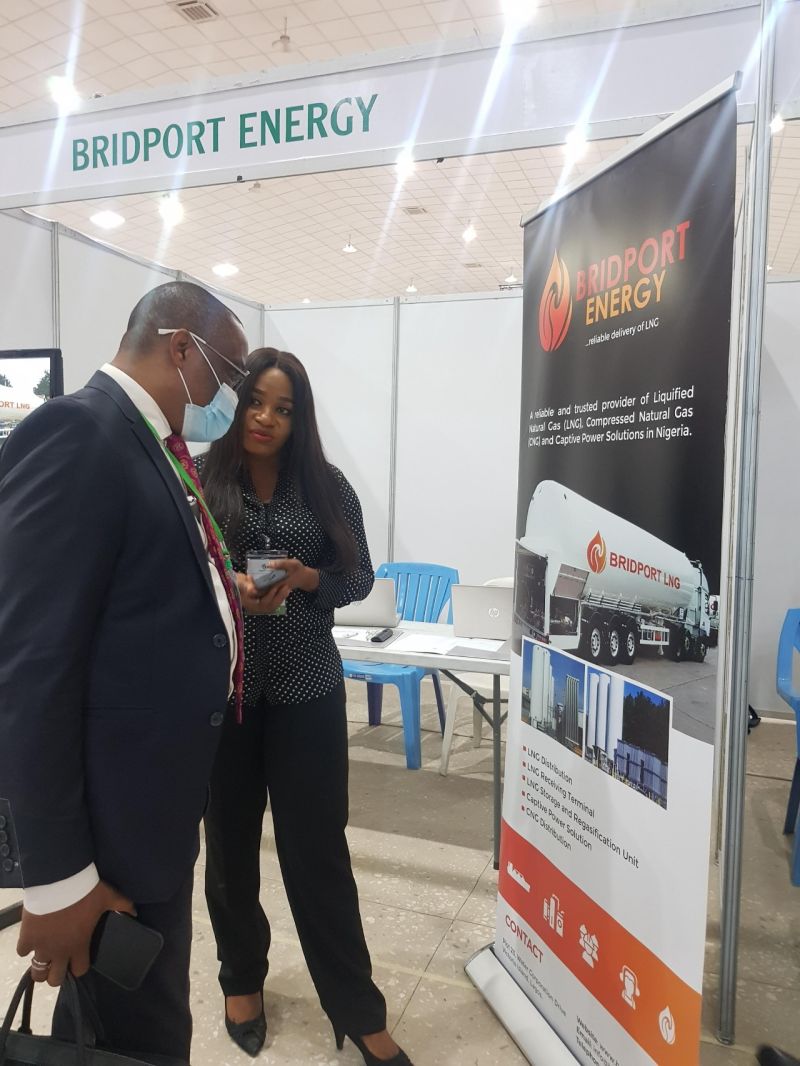Bridport Energy: reflections on gas demand in Nigeria
Blogs - Mar 28 2022
In 2020, Nigeria’s gas demand stood at 14.361 Bcm according to the latest figures from the Organization of Petroleum Exporting Countries (OPEC). Demand took a hit in the aftermath of the 2016-2017 recession and only started recovering in 2020, with growth moderated by the impact of the Covid-19 pandemic on industrial and economic activity. Moving forward, gas demand in Nigeria is expected to keep growing up to 2030, although at a slow pace, before increasing further in the 2030-2040 decade. The International Energy Agency (IEA) notably forecasts demand to reach between 20 Bcm (Africa Case) and 25 Bcm (STEPS case) by 2030 and between 30 Bcm (Africa Case) to 43 Bcm (STEPS case) by 2040. The agency’s forecast is based on two different scenarios: the first is an ambitious African Case (AC) that relies on the premise of “Agenda 2063” and takes as granted that faster African economic expansion will be accompanied by the full achievement of access to electricity and clean cooking. The second is a more conservative benchmark for the future known as the Stated Policies Scenario, or STEPS, which does not take it for granted that governments will reach all their announced goals. Regardless, even in its more conservative approach, the IEA expects that Nigeria’s natural gas demand will have doubled by 2040. However, a big factor affecting the growth of Nigeria’s domestic gas demand will be pricing. As witnessed in 2021, Nigerian consumers remain extremely price sensitive with key commodities such as cooking gas. In 2021, soaring prices have forced a significant share of the population to go back to burning wood or other fuels as liquefied petroleum gas (LPG) became too expensive. Regardless of short-term challenges, we see tremendous growth opportunities to further unlock demand for gas in Nigeria. According to the International Energy Agency (IEA), over 80m Nigerians still do not have access to electricity out of a population of over 200m. Meanwhile, the ones who do continue to rely on intermittent grid power or expensive and polluting diesel generators. As a result, some 20 to 25 GW of power remains consumed off-grid and is generated from imported diesel and premium motor spirit (PMS) at four to five times the cost of on-grid gas-fired electricity. Beyond industrial users, the Nigerian transport and haulage industries also represent another tremendous growth potential for the adoption of liquefied natural gas (LNG) or compressed natural gas (CNG) instead of diesel. By delivering liquefied natural gas (LNG) from its upcoming terminal in Lagos, Bridport Energy will be offering flexible, cleaner and cheaper energy solutions to a broad range of industries and power customers seeking to run more efficient operations across the value-chain.

-

Bridport Energy strengthens governance with n...
Nov 21 2022 News
-

Bridport Energy talks to the Africa report
Nov 21 2022 News
-

Bridport Energy: reflections on gas demand in...
Mar 28 2022 Blogs
-

Mar 21 2022 Blogs
-

Nigeria LNG signs Sales and Purchase Agreemen...
Sep 02 2021 News

